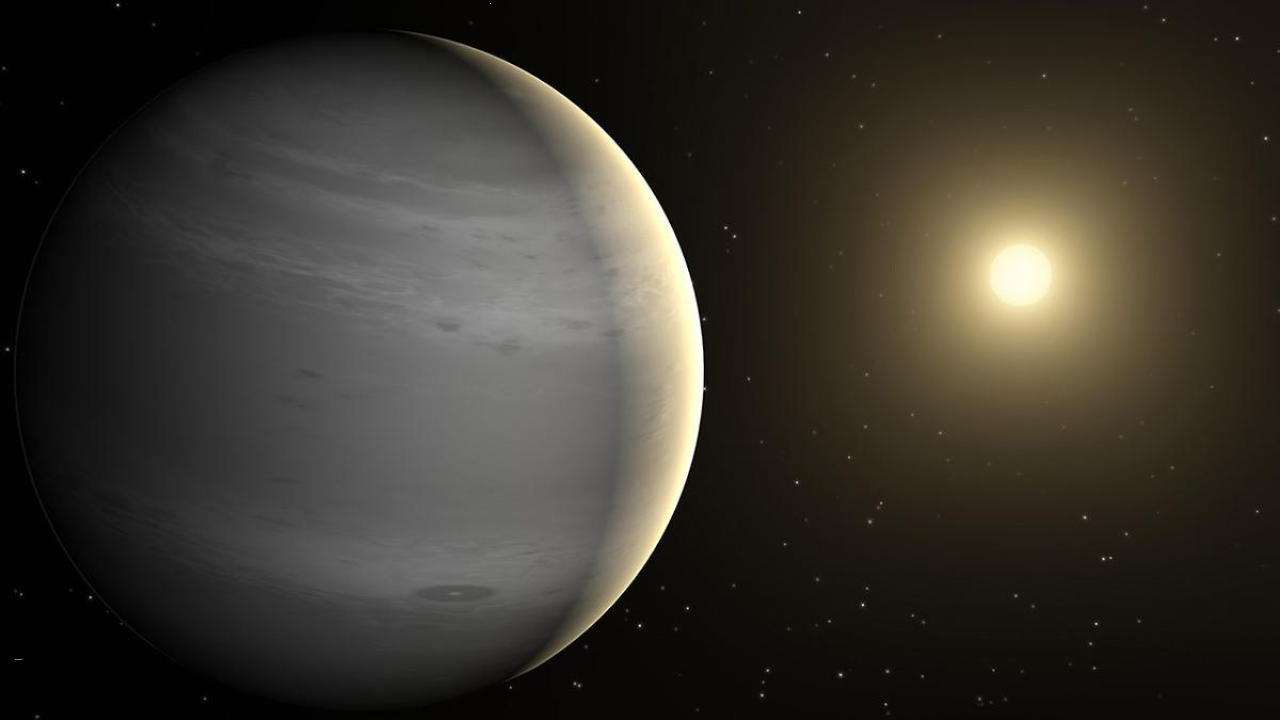PARAS Spectrograph Discovers Dense Exoplanet
The exploration of the universe continues to unveil exciting discoveries, and the recent detection of a dense exoplanet has sparked immense interest among scientists and space enthusiasts alike.
Density: A Remarkable Finding
One of the key aspects of this newly discovered exoplanet is its density. Recent calculations estimate the density to be approximately 14 g/cm3, making it considerably denser than many other known exoplanets. This finding raises intriguing questions about the composition and formation of this celestial body.
International Collaboration: A Joint Effort
The discovery of the exoplanet involved a collaborative effort between multiple countries. Scientists from India, Germany, Switzerland, and the USA contributed their expertise and resources to unravel the mysteries of this distant world. Such international collaborations in the field of astrophysics highlight the significance of global cooperation in advancing our understanding of the universe.
The Star: TOI4603 or HD 245134
The exoplanet was found orbiting a star known as TOI4603 or HD 245134. This star has captured the attention of astronomers due to its role as the host to this dense exoplanet. Further studies are underway to explore the relationship between the star and the exoplanet, shedding light on the mechanisms of planetary formation.
Characteristics of Massive Giant Exoplanets
The newly discovered exoplanet belongs to the category of massive giant exoplanets. These exoplanets possess a mass greater than four times that of Jupiter, the largest planet in our solar system. Such massive giants challenge our understanding of planetary formation and provide valuable insights into the diversity of celestial bodies throughout the universe.
Proximity to the Host Star
In terms of distance from its host star, the exoplanet orbits at a remarkably close range. It is located less than 1/10th the distance between our Sun and Earth, signifying the challenging conditions under which it exists. The proximity to the star contributes to the unique characteristics and conditions experienced by the exoplanet.
Mass Relative to Jupiter
Comparing the mass of the new exoplanet to that of Jupiter reveals a striking disparity. The newly discovered exoplanet is approximately 13 times more massive than Jupiter, emphasizing its significant size and gravitational influence within its planetary system.
Surface Temperature: A Harsh Environment
The exoplanet’s surface temperature is estimated to be around 1670 K, making it an extremely hot and inhospitable environment. Such high temperatures challenge the limits of human understanding and exploration, yet they offer valuable insights into the extreme conditions that planets can endure.
India’s Contributions to Exoplanet Discoveries
India has made remarkable strides in the field of exoplanet discoveries. Thus far, Indian scientists have contributed to the detection of three exoplanets, including this recent discovery. These achievements highlight India’s growing prowess in the field of astrophysics and its commitment to pushing the boundaries of scientific knowledge.
The PARAS Spectrograph: An Indispensable Tool
The discovery of this exoplanet was made possible by the instrumental role played by the PARAS (PRL Advanced Radial-velocity Abu-sky Search) Spectrograph is a ground-based device designed for the purpose of detecting extrasolar planets. Located at the Mt. Abu observatory in India, it operates on a 1.2m telescope. The spectrograph used in PARAS operates at a resolution of 67000, allowing for precise measurements of radial velocity.
Month: Current Affairs - May, 2023
Category: Science & Technology Current Affairs


